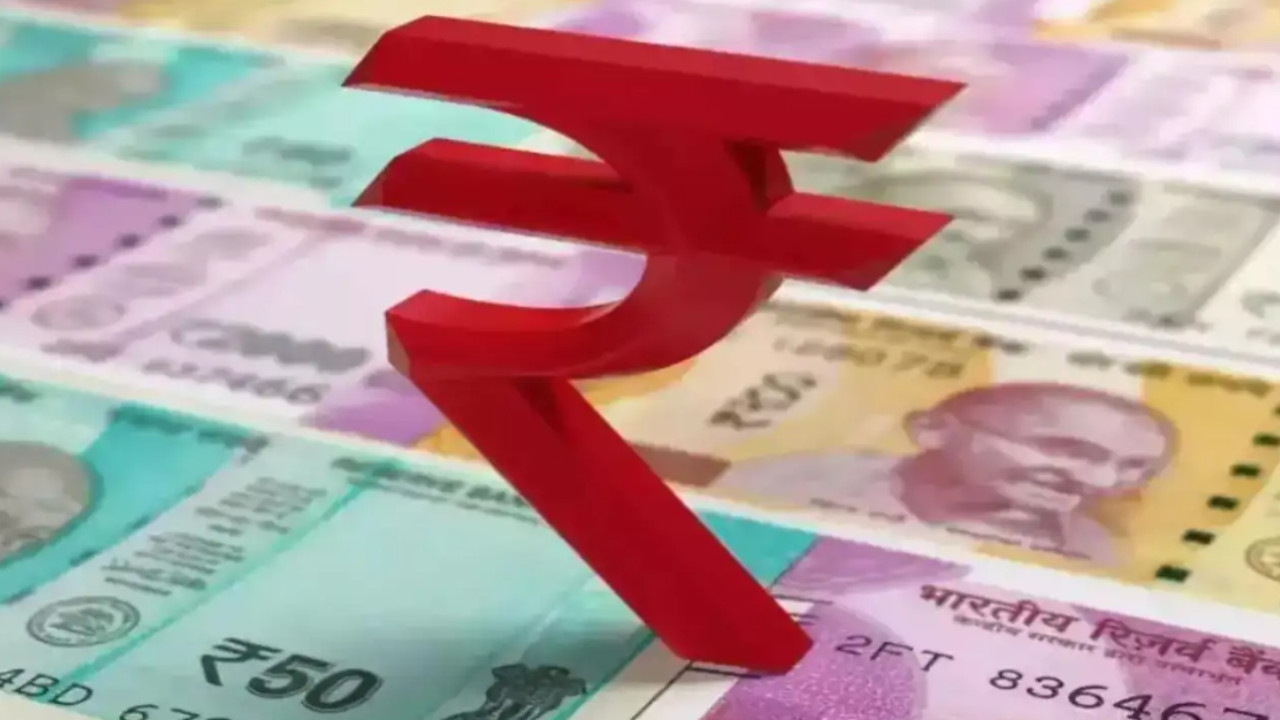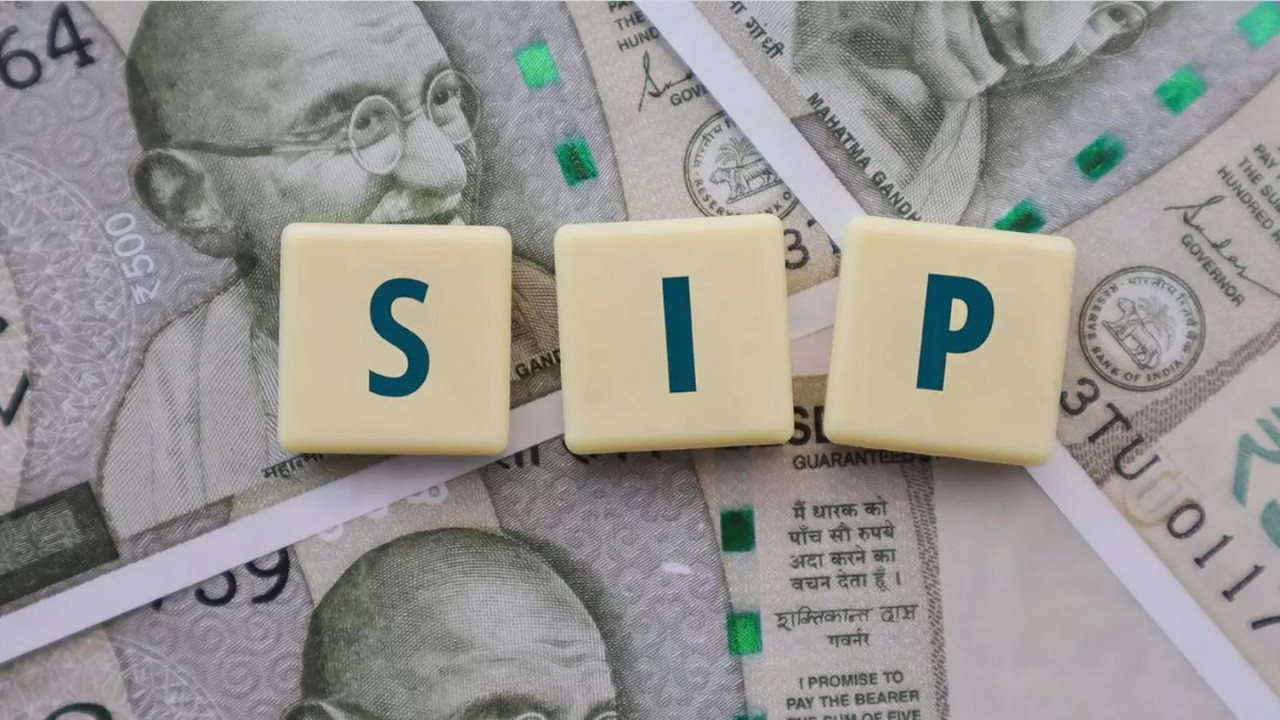The rupee depreciated by 47 paise to 88.69 against the US dollar on Thursday, influenced by a stronger greenback, weak domestic equities, and hawkish US Federal Reserve commentary. Month-end dollar demand from oil companies and foreign fund outflows further pressured the local unit, though falling crude prices may offer some support.
The Rupee’s Rough Ride: What’s Behind the Dip?
The Indian rupee has been on a bit of a rollercoaster lately, and recently, it took a noticeable dip. Closing at 88.69 against the US dollar, a fall of 47 paise, has understandably raised some eyebrows. But what’s causing this wobble in the currency markets? Let’s unpack the factors at play and see what it all means.
One of the most significant pressures on the rupee is the decidedly hawkish stance coming from the US Federal Reserve. Now, “hawkish” might sound a bit aggressive, but in central banking terms, it simply means the Fed is inclined towards raising interest rates to combat inflation. When US interest rates go up, it makes the dollar more attractive to investors globally. This increased demand strengthens the dollar, often at the expense of other currencies, including the Indian rupee. Think of it like a global game of tug-of-war; the stronger the dollar pulls, the more other currencies are strained.
<img src="image-of-rupee-bills.jpg" alt="A stack of Indian rupee bills illustrating the weakening rupee issue.”/>
Global Market Jitters Contribute to a Weakening Rupee
Beyond the Fed’s influence, the overall mood in global markets plays a significant role. Right now, that mood is somewhat apprehensive. Uncertainty surrounding global economic growth, geopolitical tensions, and fluctuating commodity prices all contribute to a risk-off sentiment. When investors get nervous, they tend to flock to safe-haven assets like the US dollar, further fueling its strength and adding downward pressure on currencies like the rupee. It’s a bit like everyone crowding onto the same side of a boat, causing it to tilt precariously.
Think about it this way: Imagine you have investments in different countries. If things start to look shaky in some of those countries, you might decide to bring your money back to what you perceive as a safer place. For many, that “safe place” is the United States, leading to increased demand for dollars and a corresponding weakening of other currencies.
The Impact of Domestic Market Performance
It’s not just about external factors either. The performance of the Indian stock market also influences the rupee’s trajectory. A weak domestic stock market can deter foreign investment, reducing the demand for rupees and contributing to its depreciation. Conversely, a strong and vibrant stock market can attract foreign capital, boosting the rupee’s value. The two are intricately linked.
Furthermore, import and export dynamics play a crucial role. If India’s imports exceed its exports, there’s a higher demand for foreign currency (primarily dollars) to pay for those imports. This increased demand can put downward pressure on the rupee. Government policies and economic reforms also have a long-term impact on investor confidence and the overall stability of the currency.
Navigating the Currency Fluctuations
So, what does all this mean for the average person? Well, a weaker rupee can make imports more expensive, potentially leading to higher prices for goods and services. On the other hand, it can benefit exporters, making their products more competitive in the global market. For travelers, it means your rupees won’t stretch as far when you’re converting them to foreign currencies.
Understanding the factors that influence the rupee is essential for businesses, investors, and even individuals. By staying informed, one can make better financial decisions and navigate the ever-changing landscape of the currency markets. You might also be interested in reading about [India’s Economic Growth Projections](internal-link-to-related-content) for more insights into the country’s financial future.
The Future of the Rupee
Predicting the future of any currency is a tricky business. The interplay of global and domestic factors is complex and constantly evolving. While the recent dip in the rupee is cause for attention, it’s essential to remember that currency fluctuations are a normal part of the global economy. The Reserve Bank of India (RBI) will likely continue to monitor the situation closely and may intervene, using its foreign exchange reserves to stabilize the currency if necessary. The long-term trajectory of the rupee will depend on a multitude of factors, including global economic conditions, the Fed’s future policy decisions, and the strength and resilience of the Indian economy. The recent weakness of the Indian rupee underscores the interconnectedness of the global financial system.
In conclusion, the rupee’s recent dip is a result of a complex interplay of factors, most notably the hawkish stance of the US Federal Reserve, global market jitters, and domestic market performance. Understanding these dynamics is crucial for navigating the ever-changing landscape of the currency markets and making informed financial decisions. While the future remains uncertain, staying informed and adaptable is the best approach.







